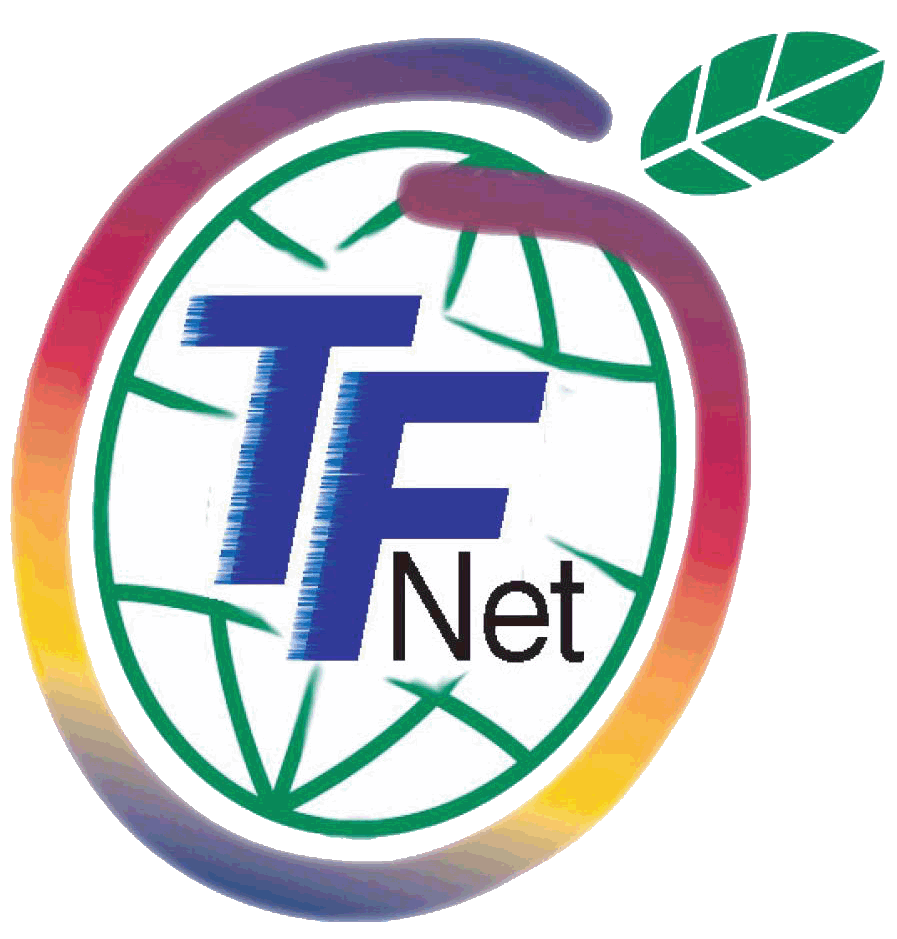Scientists at the Universitat Politècnica de València have combined images provided by European and American remote sensing satellites to diagnose the irrigation status of citrus fields, as well as other crop characteristics such as vegetation cover or plant vigour.
The project is the result of an experiment carried out by the Hydraulic Networks and Pressure Systems research group at the UPV’s Institute of Water and Environmental Engineering (IIAMA) with the goal of improving irrigation planning and the management of plant stress levels.
The new system enables the precise calculation of plant stress levels, analysing real evapotranspiration rates and comparing them to the plants’ optimal hydration needs. This flags up stress levels outside the tolerance threshold due to over or underwatering.
Furthermore, the system is almost entirely automated and enables monitoring on a very large scale, maximising overall production.
The system allows irrigation to be scheduled on a weekly basis, adjusting the levels of water delivered to the crops in response to observed stress levels and weather forecasts for the coming days.
“This means that decisions can be made in the moment, diverging from traditional methods where decisions are made based on pre-existing climate data and not on what is expected to happen in the future,” Jiménez said.
“At certain times of the year, in the summer, for example, it is not a bad thing that a citrus plant is around 20 to 30 per cent stressed”, he continued. “All this means is that the amount of water it is being supplied is 20 to 30 per cent less than what has been established as creating optimal conditions of zero stress and does not impact on final yields”.
Source: Fresh Plaza
